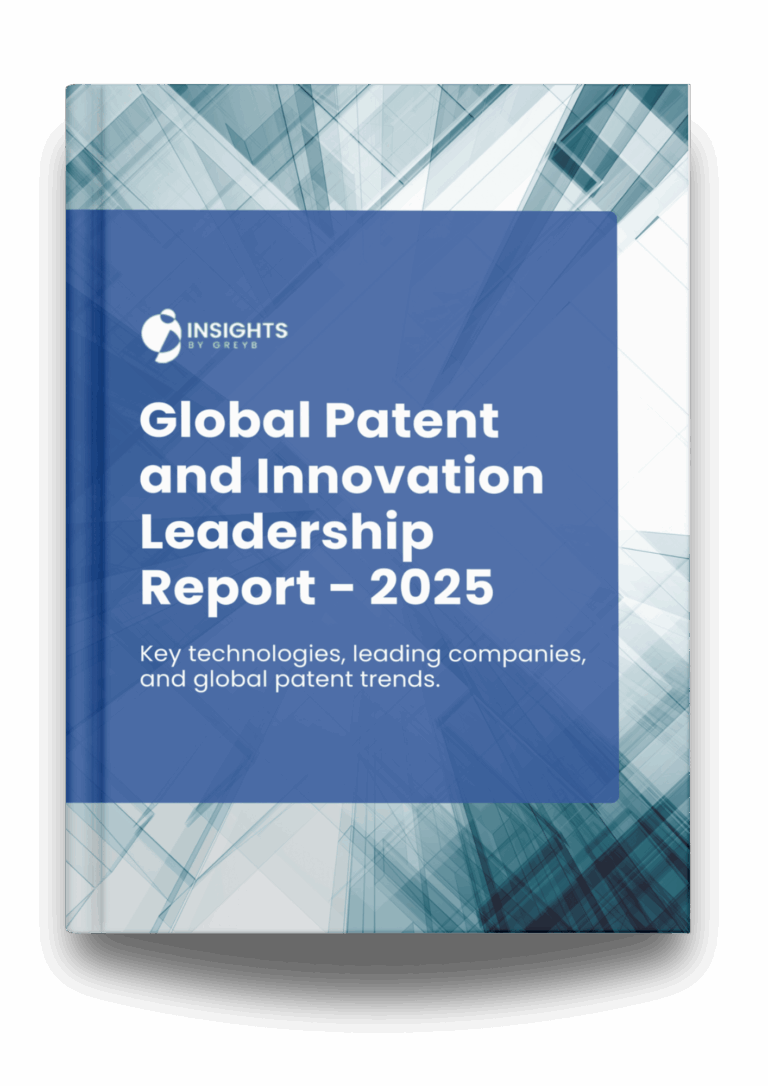Joby Aviation has made significant progress in sustainable aviation, recently completing a successful test flight of their electric vertical takeoff and landing (eVTOL) aircraft. This innovation is driven by key patents that cover advanced electric propulsion, noise reduction, and efficient battery management. These technologies enable a quieter, cleaner, and more efficient mode of air travel.
The Joby Flying Car ranges up to 150 miles on a single charge and can reach speeds over 200 mph. Designed for urban use, it can take off and land vertically from rooftops and other small spaces. This development aims to reduce carbon emissions and ease urban congestion by offering a fast, eco-friendly alternative to traditional transportation.
Joby Aviation has recently announced a partnership with Dubai’s Road and Transport Authority to launch an air taxi service by 2025, positioning Dubai as a leader in urban air mobility.
How does Flying Car Function?

Electric Propulsion: The aircraft uses electric motors powered by batteries to drive multiple propellers for thrust.
Vertical Takeoff and Landing (VTOL): It can take off and land vertically, eliminating the need for runways.
Battery Management: Advanced battery technology ensures efficient energy use, allowing a range of up to 150 miles per charge.
Noise Reduction: Patented noise reduction techniques make the aircraft quieter, enhancing its suitability for urban environments.
High Speed: Capable of speeds over 200 mph, providing fast and efficient transportation.
These features collectively enable a sustainable and efficient mode of urban air travel.
Innovation behind the Electric Aircraft
The patent US11993369B2 describes an aircraft with multiple propulsion units attached to the airframe. Each unit has an electric motor and propeller, connected by a tilt mechanism. This mechanism allows the units to switch between two modes: forward flight and hovering. In forward mode, all propulsion units are aligned for horizontal flight. In hover mode, they are arranged for vertical lift. The spacing between some propellers changes depending on the mode, optimizing the aircraft’s performance for both flight and hovering.

This patent addresses the versatility and efficiency of the aircraft. By allowing the propulsion units to switch between forward flight and hovering modes, the aircraft can perform a wide range of maneuvers, such as vertical takeoff and landing (VTOL), which is ideal for urban environments with limited space.
Additionally, adjusting the spacing between propellers optimizes performance in both modes, leading to improved aerodynamics and stability. This innovation addresses problems related to urban air mobility, such as reducing the need for long runways and minimizing noise.
This patent US11912425B2 describes a propulsion unit for an aircraft featuring an electric motor supported by an accessory unit. It includes an inverter module with multiple inverters to power both the motor and accessory unit. A cooling system circulates coolant through or around the motor and accessory unit to maintain optimal temperatures, ensuring efficient and reliable operation. This design enhances the performance and safety of the electric motor by effectively managing heat.

It enhances the efficiency and reliability of electric aircraft propulsion systems. By integrating an accessory unit with the electric motor and using a cooling system to manage heat, it ensures consistent performance and prevents overheating. The inverter module efficiently distributes power to both the motor and accessory unit.
This design addresses problems related to thermal management and power distribution in electric aircraft, leading to improved safety, performance, and longevity of the propulsion system.
This patent US11753159B2 describes an aircraft with an airframe, tilt mechanism, and payload housing, optionally including impact protection, support struts, power sources, and control elements. It features a set of rotors and support members. Larger rotor blades and adjustable pitch and RPM enhance lift in forward flight, reducing the need for traditional control surfaces like flaps and rudders. By controlling thrust and motor torque at each rotor, the aircraft can manage pitch, yaw, and roll, simplifying control and improving performance.
This patent is useful because it simplifies and improves the control and efficiency of the aircraft. By using larger rotors and adjusting their pitch and RPM, the aircraft can generate more lift and thrust, reducing the need for traditional control surfaces like flaps and rudders. This design allows for precise control of pitch, yaw, and roll through rotor adjustments, enhancing manoeuvrability and stability. It addresses problems related to complexity and weight in aircraft design, leading to more efficient and easier-to-control vehicles, especially in urban environments.
This patent US11827347B2 describes a power system for electric aerial vehicles that enhances reliability through a specific battery architecture. Each motor can be powered by multiple battery subsets, and individual batteries can power multiple motors. If a motor fails during vertical takeoff or landing, power can be redirected to other motors to maintain balance and thrust. Additionally, a second motor, positioned away from the failed one, can be powered down to help control the aircraft’s attitude, ensuring stable flight even with a motor failure.

It significantly enhances the reliability and safety of electric aerial vehicles. By allowing multiple batteries to power each motor and each motor to be powered by multiple battery subsets, the system can handle motor failures without losing stability or control. If a motor fails during critical phases like takeoff or landing, power is redistributed to other motors to maintain balance and provide necessary thrust. This design addresses the problem of motor failure, ensuring continued flight stability and safety even in the event of a malfunction.

This patent US11752899B2 describes a high-efficiency hydrogen fuel system designed for aircraft flying at high altitudes. The system uses compressors to increase air pressure for the fuel cell, which generates power. Liquid hydrogen is compressed and passed through heat exchangers to cool the compressed air, keeping it at a temperature suitable for the fuel cell. The hydrogen also helps cool the fuel cell by being depressurized before entering the fuel cell cycle. Additionally, the system has a water condensation feature to remove water from the air, reducing environmental impact. This hydrogen fuel system can be used in various aircraft, including Vertical Take-Off and Landing (VTOL) aircraft, allowing them to fly higher, as well as other subsonic and supersonic aircraft with different wing designs.
This patent addresses the challenges of using hydrogen fuel cells in high-altitude aircraft by implementing a system that efficiently compresses air to the necessary pressure, cools the compressed air using liquid hydrogen in heat exchangers, and maintains the appropriate temperature for fuel cell operation. Additionally, it uses hydrogen to cool the fuel cell and incorporates a water condensation system to minimize environmental impact. This versatile hydrogen fuel system can be used in VTOL aircraft, enabling higher altitude flight, and is adaptable to various other aircraft types, including subsonic and supersonic models with different wing designs.
In conclusion, Joby Aviation’s electric aircraft stands out in the rapidly evolving field of advanced air mobility, competing with notable companies like Archer Aviation, Lilium, and Vertical Aerospace. What sets Joby Aviation apart is its focus on a quiet, efficient, and long-range electric vertical take-off and landing (eVTOL) aircraft, designed to revolutionize urban transportation. With its innovative design and cutting-edge technology, Joby’s aircraft promises to significantly reduce travel time, lower emissions, and transform how we think about urban and regional travel. As the world moves towards more sustainable and efficient transportation solutions, Joby Aviation is poised to lead the way in making air travel more accessible and environmentally friendly.
What other companies are filing patents in the flying car space? Request a patent landscape around this technology by filling out the form below:






